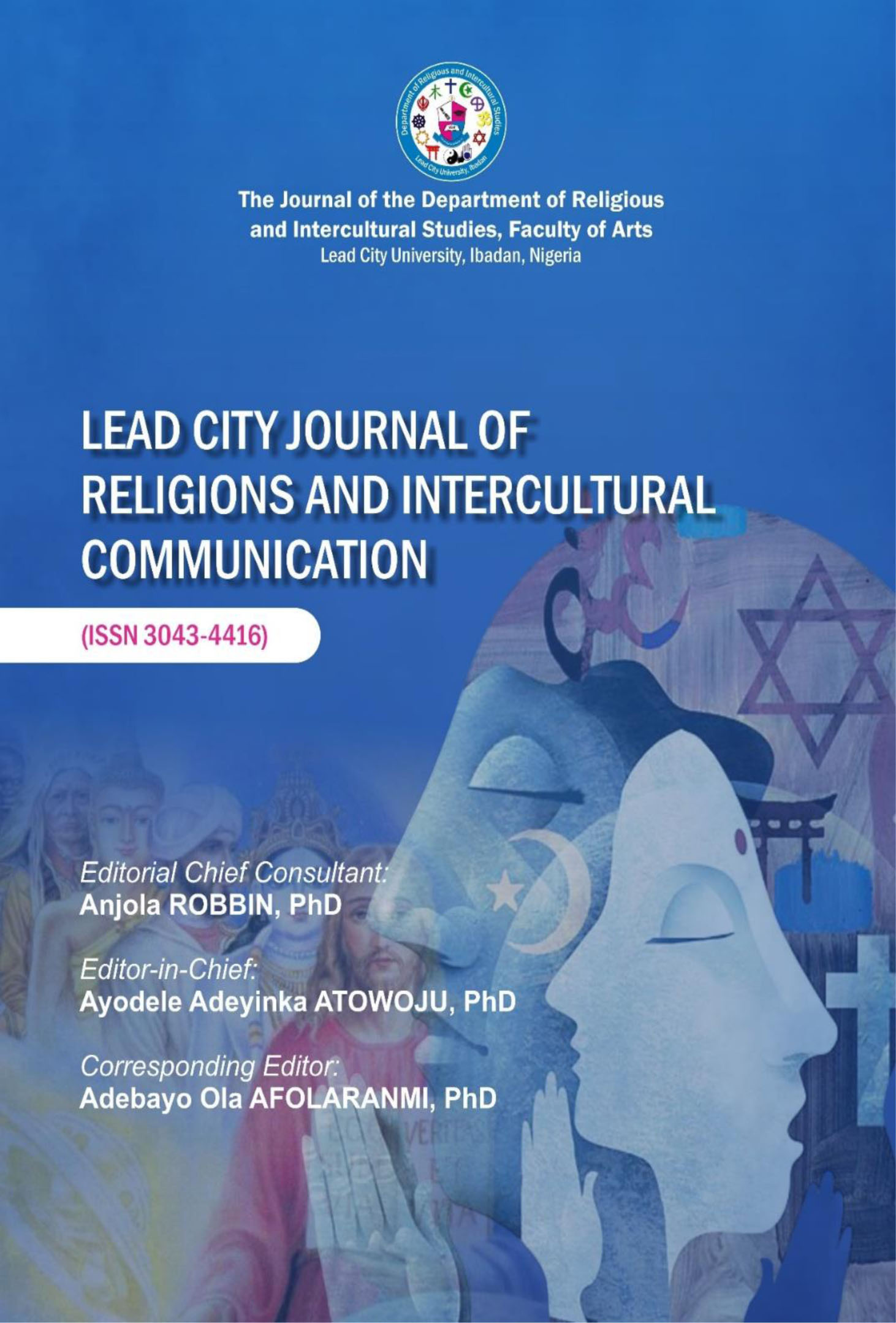Basics for Improved Learning Methods in the Humanities
Keywords:
Critical thinking, Interdisciplinary in Humanities, Technology integration, Interactive learning and experiential opportunitiesAbstract
Improved learning methods in the Humanities as a discipline emphasize critical
thinking, interdisciplinary approaches, and the integration of technology to
enhance educational experiences. By fostering a more interactive and studentcentered learning environment, these methods encourage active participation
and deeper engagement with the material. Critical thinking skills are honed
through discussions, debates, and analytical exercises that challenge students
and researchers to question and interpret various perspectives.
Interdisciplinary approaches broaden understanding by linking humanities
subjects with sciences, social sciences and the arts, providing a more
comprehensive view of human culture and history. The incorporation of
technology, such as digital archives, multimedia resources, and online
collaborative platforms, enriches the learning process by making vast resources
easily accessible and enabling innovative teaching techniques. Smith’s
theoretical framework affirms that humanities integrate constructivism,
inquiry-based learning, socio-cultural theory, critical pedagogy, and digital
humanities. These approaches emphasize active engagement, social interaction,
and reflective practices to enhance scholarly understanding and application of
humanities content. Additionally, experiential learning opportunities, like field
trips, internships, and service-learning projects, connect theoretical knowledge
with real-world applications. These methods not only make learning more
dynamic and engaging but also prepare students and researchers for diverse
career paths by developing versatile skills. By embracing these improved
learning methods, Humanities education becomes more relevant and effective
in addressing contemporary challenges and fostering a deeper understanding of
the human experience.

